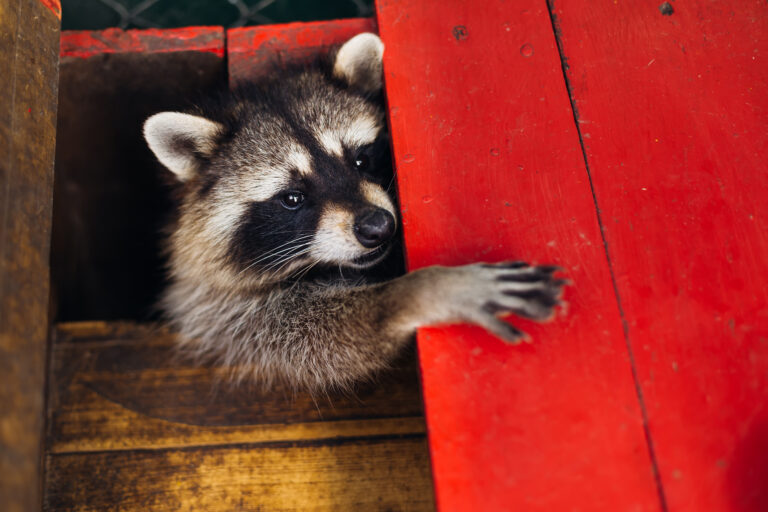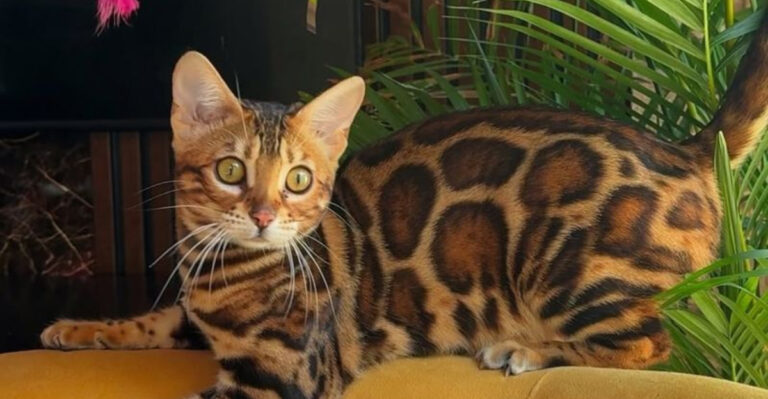New Anaconda Species Captured In The Amazon
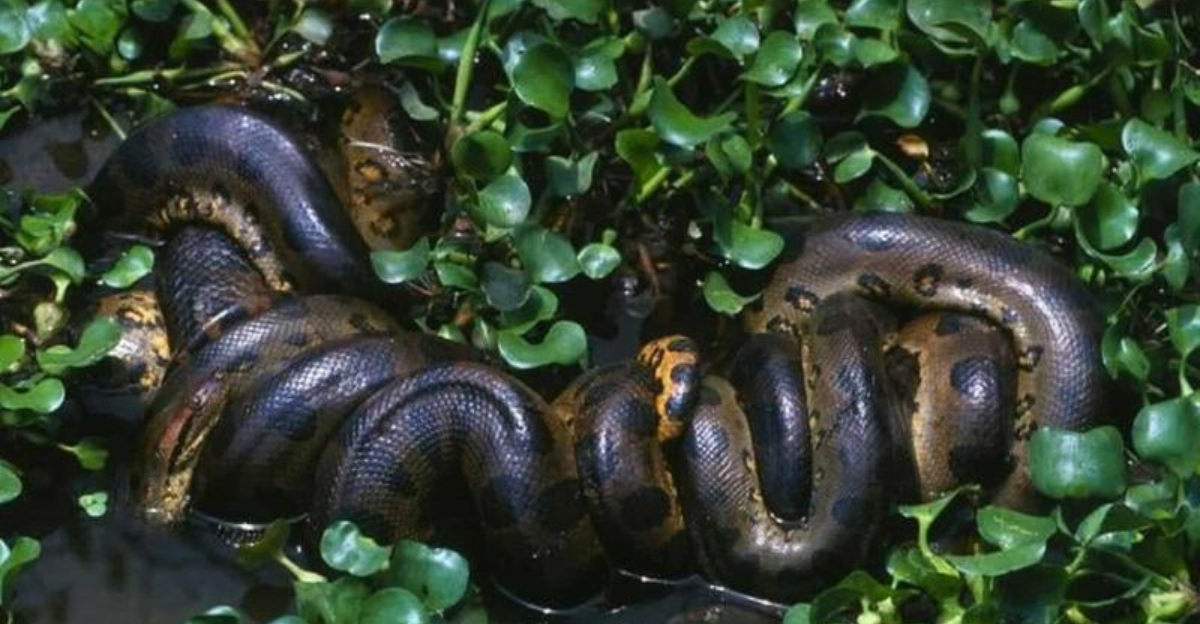
A groundbreaking discovery has emerged from the depths of the Amazon rainforest.
A team of scientists, in collaboration with the indigenous Huaorani people and the crew filming the Disney+ docuseries Pole to Pole with Will Smith, have identified a new species of anaconda.
This thrilling find opens a new chapter in our understanding of these majestic serpents and the mysterious world they inhabit.
1. Unveiling A Giant: How Scientists Stumbled Upon A New Anaconda
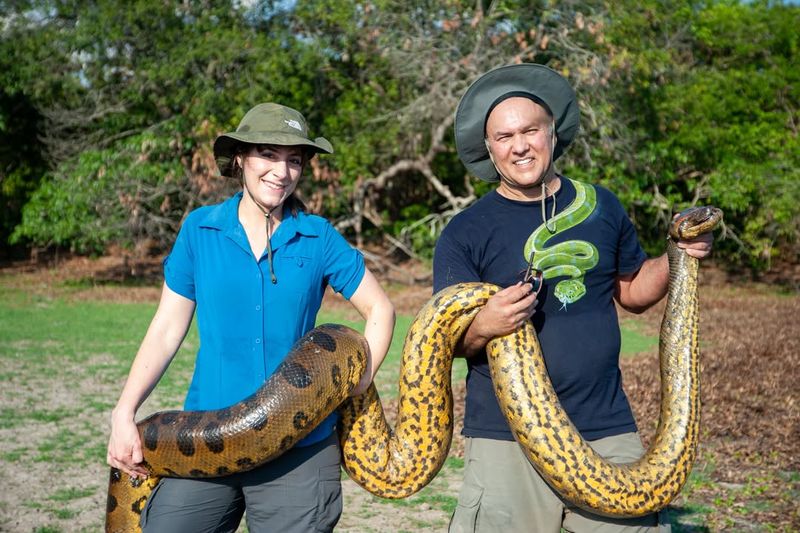
The discovery of a new anaconda species in the Amazon was a stroke of pure serendipity.
While filming Pole to Pole with Will Smith, a team of scientists from the University of Queensland, led by Professor Bryan Fry, stumbled upon this nearly 10-million-year-old species.
As they paddled canoes downriver in the Bameno region, the scientists, accompanied by Huaorani guides, were stunned to encounter a massive snake lurking in the shallow waters – an entirely new species they had never seen before.
This unexpected discovery marked the start of an exciting and challenging scientific journey, opening a new chapter in the field of herpetology.
2. Guided By Tradition: The Huaorani’s Deep Connection To The Amazon
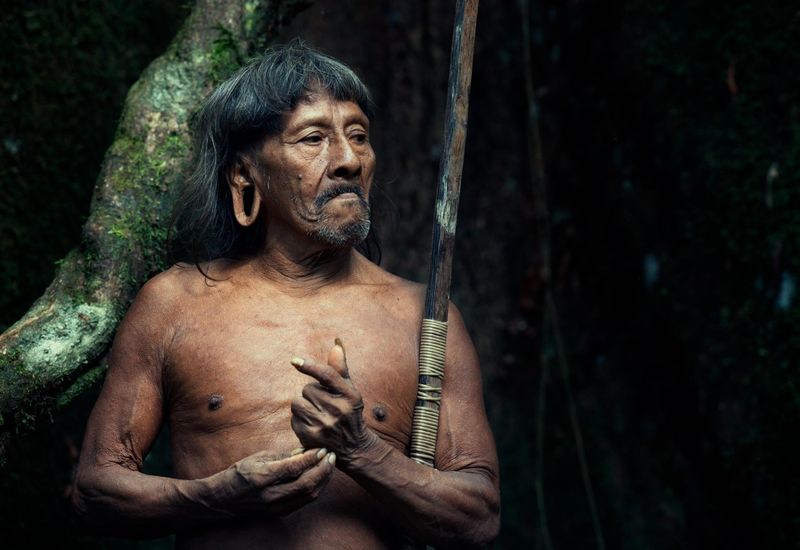
The Huaorani people played a crucial role in the discovery of the new anaconda species, using their deep knowledge of the Amazon and its wildlife.
For generations, they have lived in close harmony with the jungle, learning to read its subtle signs. Their expertise guided the scientific team to the right location for the discovery.
The invitation from Huaorani Chief Penti Baihua to enter the Baihuaeri Huaorani Territory in the Ecuadorian Amazon was a rare honor, as such invitations are seldom extended.
3. How Scientists And The Huaorani Found The Northern Green Anaconda
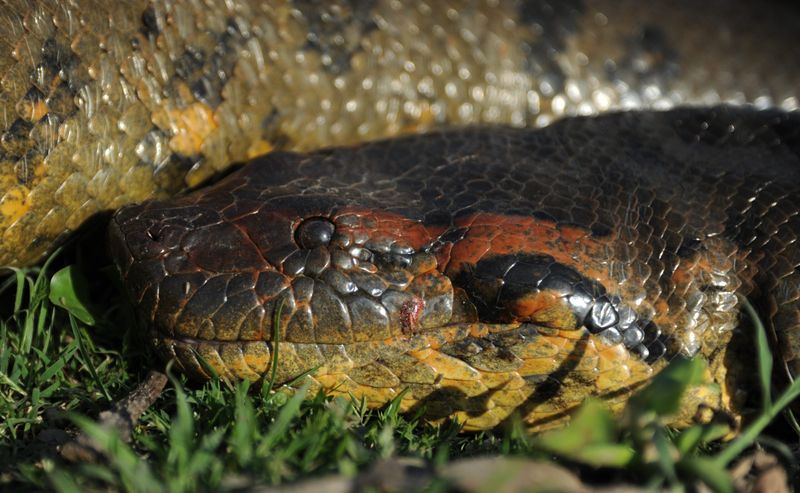
Chief Baihua led Professor Bryan Fry’s team on a 10-day expedition to search for the anacondas, which are sacred to the tribe.
During the journey, the team captured several specimens, naming the species Eunectes Okayama, or the northern green anaconda.
This collaboration of ancient wisdom and modern science demonstrated the power of combining traditional knowledge with contemporary research, playing a key role in unlocking the mystery of the new anaconda species.
4. The Importance Of The Location
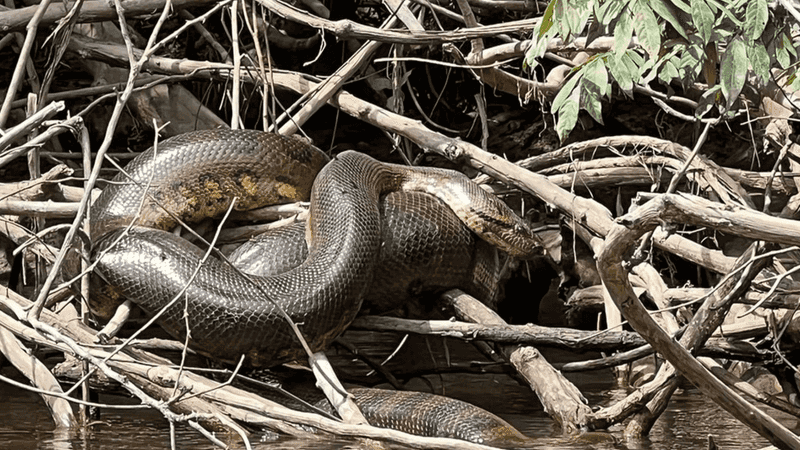
Fry emphasized that the key to understanding this discovery lies in the Amazon’s geography. The rainforest, a vast and biodiverse ecosystem, is divided into two basins.
The larger southern basin is home to the well-known green anaconda, while the smaller northern basin harbors the newly identified northern green anaconda.
This remarkable find took place deep within the dense foliage, in a region largely untouched by human activity.
The remoteness and thick vegetation provided the perfect camouflage, allowing the snake to thrive undetected for so long.
Discovering it in such a pristine area underscores the importance of preserving these unique habitats and the countless species they shelter.
5. What Makes This Anaconda Unique? Key Differences From Its Relatives
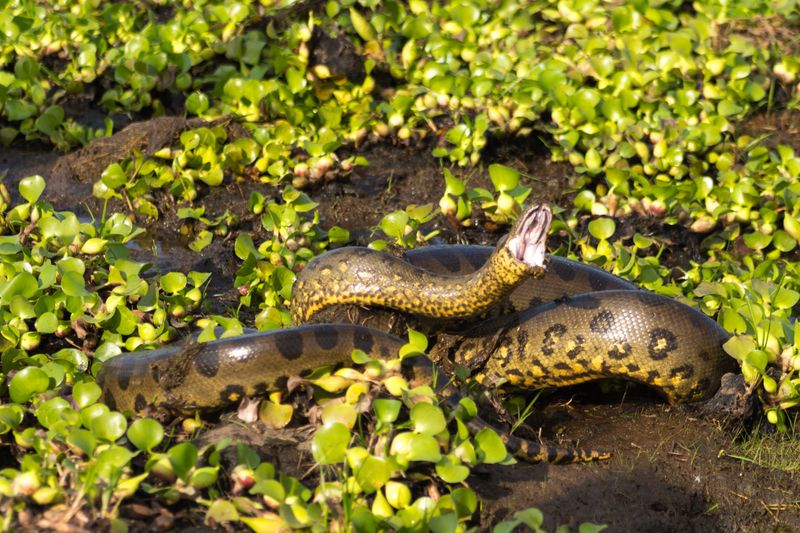
This newly discovered anaconda species exhibits several unique features. Unlike its relatives, it has distinct scale patterns and coloration, which immediately caught the researchers’ attention.
Scientists noted its slightly smaller size compared to the well-known green anaconda, yet it displayed remarkable agility and adaptability.
These physical and behavioral traits set it apart, suggesting a long, isolated evolutionary path.
Understanding these differences can provide insights into the ecological niches occupied by this species, enriching our knowledge of anaconda biodiversity.
6. DNA Testing Confirms A New Species – What It Means For Science
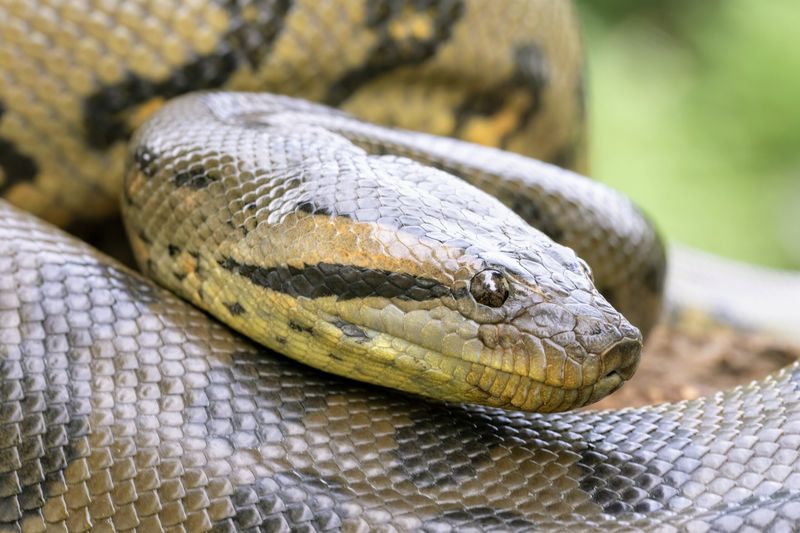
DNA analysis played a crucial role in confirming the anaconda’s status as a new species. By comparing genetic sequences with known species, scientists validated its distinct identity.
This genetic confirmation not only solidified the discovery but also opened new avenues for research in evolutionary biology.
Understanding the genetic makeup of this anaconda can provide clues about its evolutionary history and adaptation mechanisms, offering a deeper comprehension of biodiversity in the Amazon rainforest.
7. Amazon’s Mystery Snake: How This Species Went Undetected For So Long
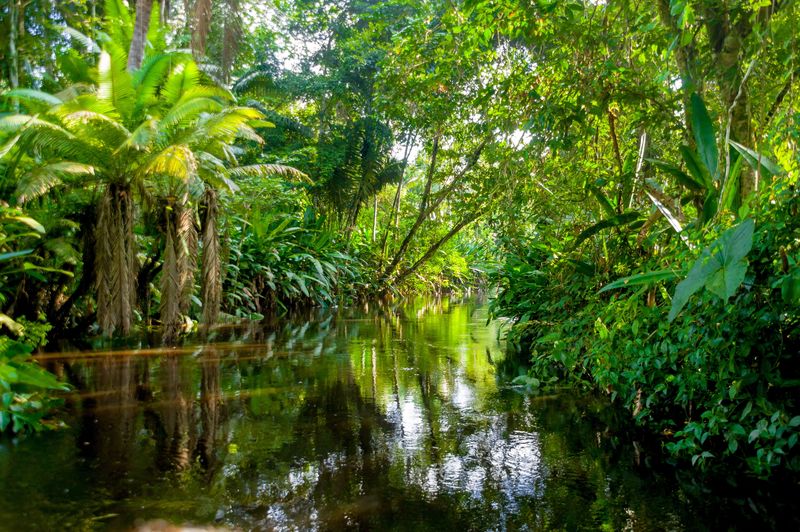
For years, this anaconda species remained hidden in plain sight, shrouded by the Amazon’s dense canopy. Its elusive nature made it difficult to spot, even for seasoned researchers.
The snake’s habitat, deep within uncharted territories, contributed to its concealment. Furthermore, its behavior of blending with the environment and avoiding human contact ensured minimal detection.
This intriguing ability to remain undetected has sparked interest in understanding the adaptive strategies employed by such creatures in evading discovery for centuries.
8. The Future Of The New Anaconda: Conservation Challenges Ahead
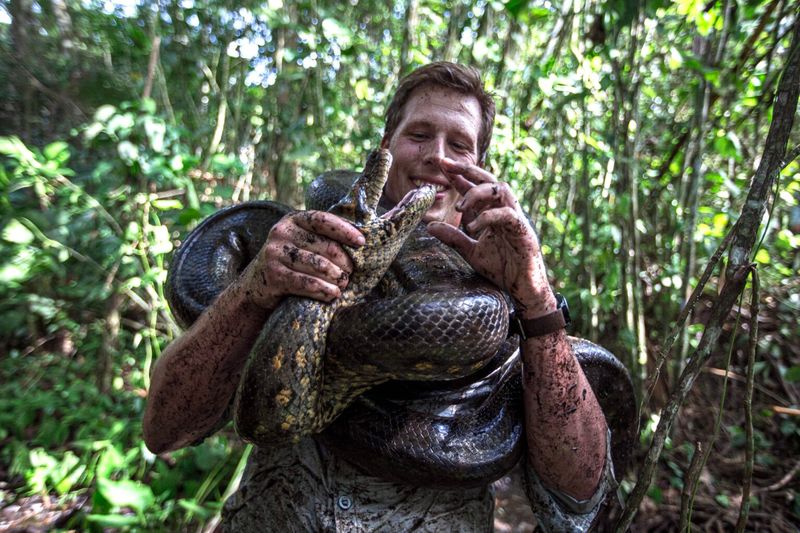
The discovery of the new anaconda species brings both excitement and challenges. Conservationists are now tasked with ensuring its survival amidst growing environmental threats.
Protecting its habitat from deforestation and human encroachment is paramount. Strategies are being developed to monitor and preserve its natural environment.
The challenge lies in balancing the region’s ecological integrity while supporting local communities. This discovery underscores the urgent need for conservation efforts to safeguard the Amazon’s unique biodiversity.
9. A Glimpse Into Prehistory: Could This Anaconda Be A Living Relic?
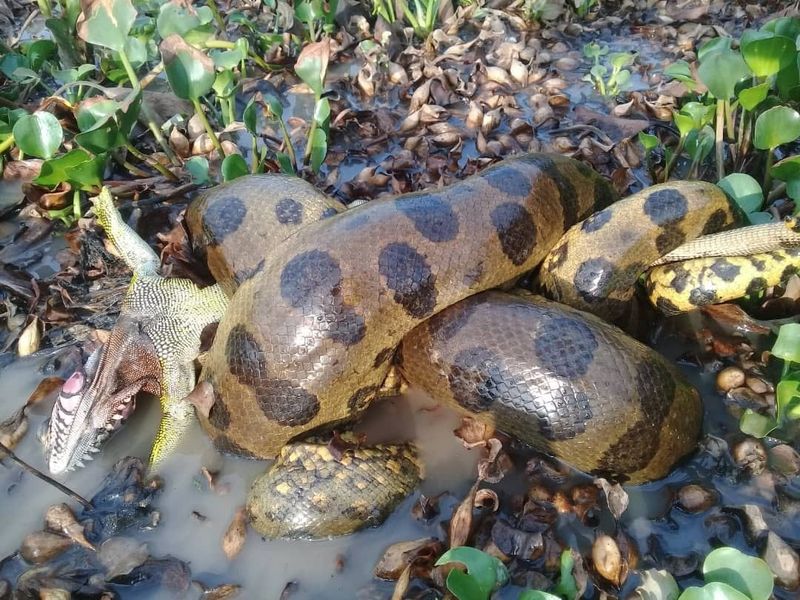
The new anaconda species could potentially be a living relic, offering a glimpse into prehistoric times. Its unique traits suggest a lineage that has survived through epochs.
This possibility excites paleontologists and herpetologists alike, as studying the anaconda can reveal evolutionary patterns.
If indeed a relic, it serves as a living testament to the resilience and adaptability of species over millennia. This perspective enriches our understanding of the natural world and its ancient inhabitants.
10. The Amazon’s Hidden Wonders: What Other Species Could Still Be Undiscovered?
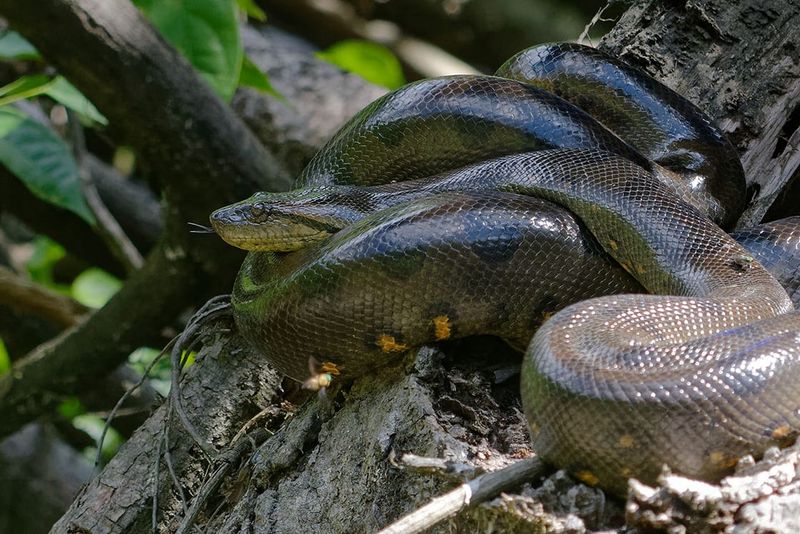
The discovery of the new anaconda species highlights the Amazon’s potential for more hidden wonders. This vast region is a treasure trove of biodiversity, with countless species awaiting discovery.
The dense jungle, with its myriad ecosystems, provides ample opportunities for unique life forms to evolve. Researchers are hopeful that more explorations will lead to additional discoveries.
This realization fuels the passion for continued exploration and conservation, preserving the rainforest’s secrets for future generations to uncover and learn from.



